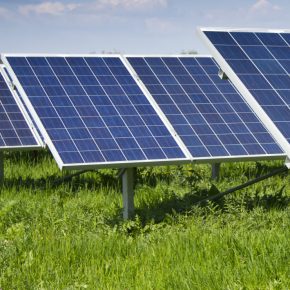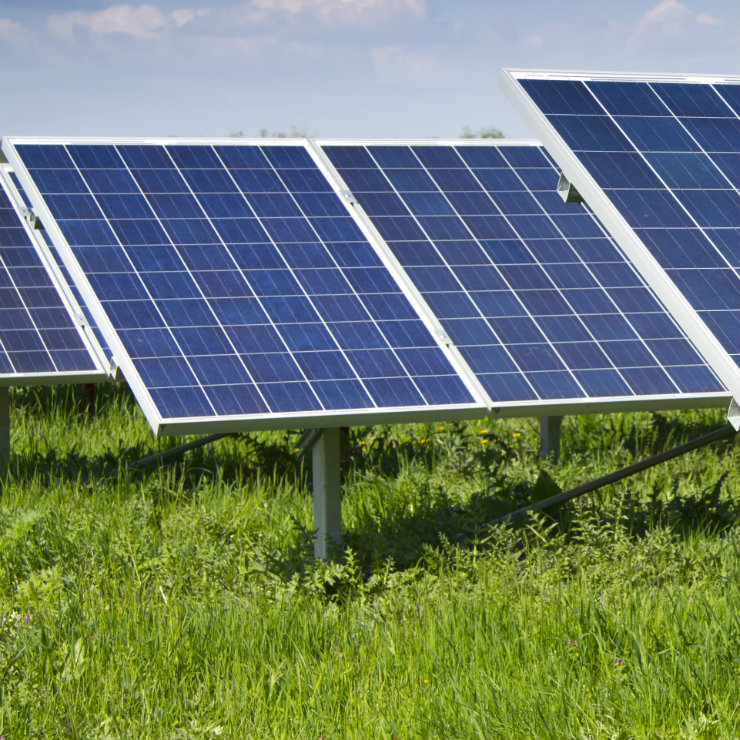
(©Shutterstock)
The region’s wind energy potential amounts to 532 GW while photovoltaic potential is 120 GW, both largely untapped, IRENA said in a cost competitive renewable energy report published in January by IRENA and regional experts.
According to the report, the SEE region comprises Albania, Bosnia and Herzegovina, Bulgaria, Croatia, Kosovo, Macedonia, Moldova, Montenegro, Romania, Serbia, Slovenia and Ukraine.
„Much of the region’s vast untapped renewable energy potential could already be cost-competitive for power generation today. By 2030, almost all of it will be exploitable in a cost-effective manner,” Adnan Amin, director-general of IRENA, said in the report.
„In particular, SEE policy makers need to look more closely at wind and solar photovoltaic power as over 98 GW of wind energy and 5.2 GW of solar PV could be deployed today in a cost-competitive manner.”
Romania has the largest additional cost-competitive solar photovoltaic potential in SEE of up to 16.9 GW. The country also possesses enormous technical wind potential of 84 GW, out of which up to 50 GW could constitute an interesting investment option in the low cost of capital scenario.
The region’s power sector comprises over 118 GW of installed capacity, out of which renewables accounted for 36 GW in 2015. Hydropower accounted for 75 per cent of this renewable capacity, according to the report.
„Bulgaria, Romania and Ukraine are the only countries in the region that already have significant solar PV and wind energy capacity, totaling some 7.8 GW in 2015,” IRENA said.
Under the EU’s Renewable Energy Directive, the bloc as a whole has set a target of generating 20 per cent of electricity from renewable sources by 2020. By 2012, Bulgaria was one of just three EU countries to have met its target, alongside Estonia and Sweden. Data from the European Environment Agency shows that by 2012 electricity generated from renewable sources accounted for 16.3 per cent of gross final energy consumption – just above the 16 per cent target.
Southeast Europe’s three other EU member states are also close. Croatia generated 16.8 per cent of energy from renewable sources compared with its 20 per cent target, at 22.9 per cent Romania was slightly below its 24 per cent target, and Slovenia, which is targeting 25 per cent, was on 20.2 per cent.
Countries across the region have moved particularly fast towards meeting their solar power generation targets.
In Romania, Energy Minister Andrei Gerea has said that the government is considering changes that would once again make it profitable for companies to invest into renewable energy installations
Developing alternative energy supplies has become increasingly important following the cancellation of the planned South Stream pipeline, which would have delivered Russian gas to several countries in the region including Bulgaria, Serbia and Bosnia. In addition to renewables, the coastal Balkan states are also looking at options to invest in liquefied natural gas (LNG) terminals.
Perhaps the most important future development for energy producers in the Western Balkans is the planned subsea power cable from Montenegro to Italy. The 415km cable will run from Tivat to Pescara, allowing not just Montenegro but other Balkan countries to export directly under the Adriatic Sea to Italy, which in turn is hoping to become a new hub for onward exports to Central Europe.

